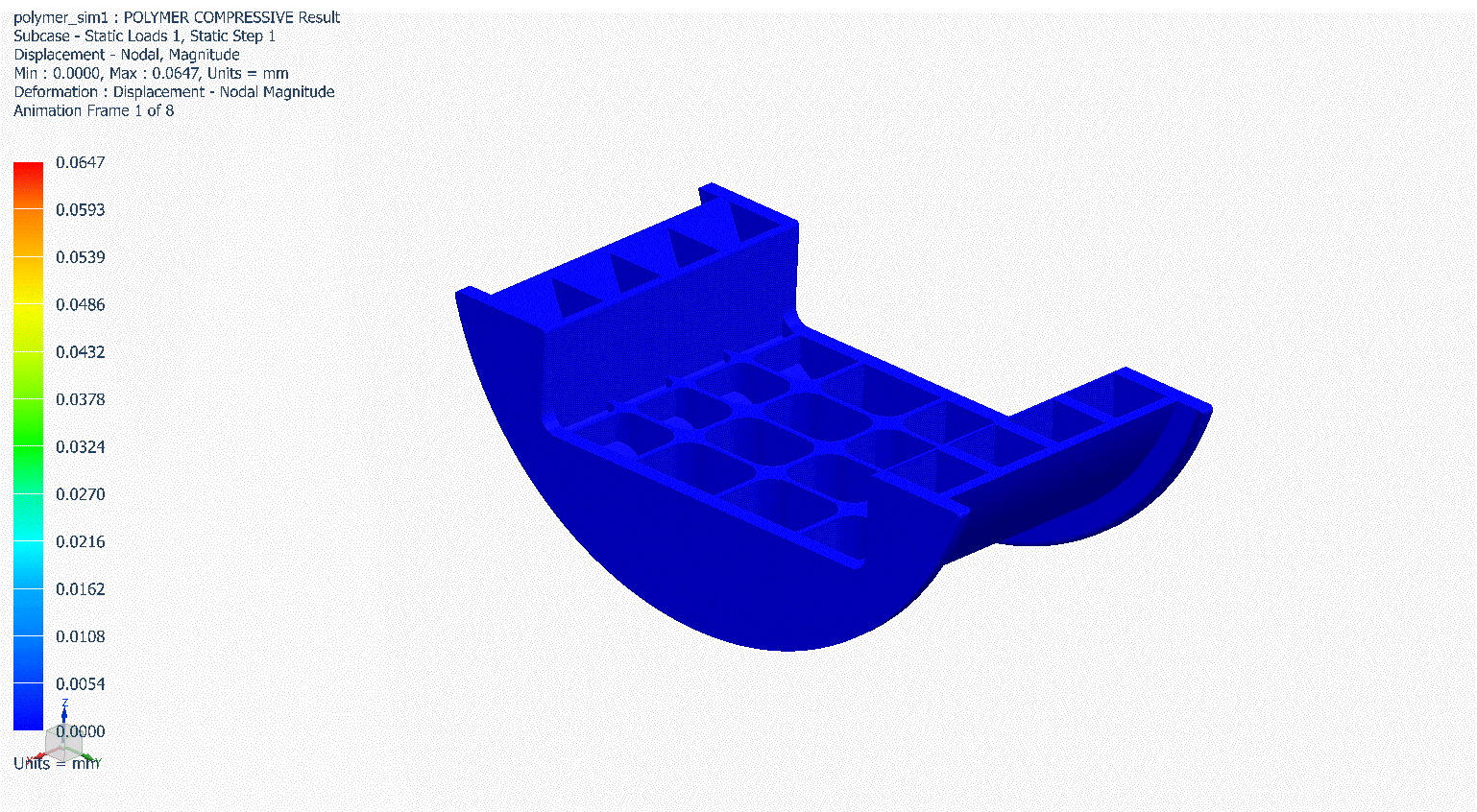Expanded PTFE (ePTFE) is a material that is constantly evolving. From simple mono-directional (uni-directional) gasket tapes, the material has been further worked into ePTFE membranes, multi-directional tapes and sheets and ePTFE Ropes.
Expanded PTFE (ePTFE) Gland Packing is becoming increasingly popular because of its incredible properties as a sealing element and the ease with which it can be used. Here we look at some of the variants and benefits of ePTFE Gland Packing.
Variants of ePTFE Gland Packing
Typically, we see two variants – braided ePTFE gland packings and pure ePTFE gland packings.
Braided gland packings, as the name suggests, uses thin filaments of PTFE/ePTFE yarn to make a braided square profile. This product possesses the properties of PTFE while having the added strength lent by the braiding process. The trade-off is that the material is not as compressible as pure ePTFE packing and is hence used only in applications where the pressure and torque being applied on the system are high enough to induce compression in the braided material.
Pure ePTFE gland packings are also referred to as PTFE Rope, ePTFE Rope and ePTFE Round Rope. It is a round cross section of PTFE that has been mono-directionally stretched to give compressibility to the material. The process is nearly identical to making ePTFE gasket tapes, although care needs to be taken to ensure that the outer surface of the rope remains smooth and that the material is handled carefully during processing to ensure no ovality develops in the shape. The benefit of using this material is that it has a far higher seal-ability and can offer sealing even at very low pressures and torques.
Both variants described above can be infused with fillers of glass and graphite to offer added properties such a creep resistance and improved tensile strength.
Applications of ePTFE Gland Packing
Like ePTFE Gasket Tape, gland packing finds uses in applications involving one of the following:
-
High temperature environments
The capability to withstand between -250°C and +250°C immediately makes ePTFE Gland Packing an essential sealing element in applications involving high temperatures. It remains true that very few materials combine high seal-ability with temperature resistance. While rubbers may offer sealing, they melt beyond 150-180°C. Similarly, some silicones have shown high resistance to temperature, but cannot form as effective a seal as ePTFE unless pressure are high.
Apart from high temperatures, ePTFE is also the material of choice in cryogenic applications, since there is no risk that the material will become brittle and suffer a loss in properties at low temperatures.
Further enhancements – by adding fillers of glass, carbon and graphite – can be introduced into the material to improve properties such as thermal expansion and creep. These allow for the properties of the ePTFE to be fine tuned to ensure the application parameters are being fully addressed. -
Chemically corrosive environments
As an inert material, PTFE resists numerous chemicals and remains one the few materials that designers turn to in the event that a system may churn our corrosive elements that are unpredictable.
Furthermore, while ePTFE is structurally a porous material, the pore sizes are so small that water is not absorbed into the material. ePTFE is hydroscopic and hence offers no risk that the fluids within the system will stagnate within the material. -
High pressure environments
We have spoken above about pressure. A key feature of ePTFE is that even with low torques, it can offer sealing at high pressures. Most standard sealing materials will perform well at lower pressures, but once the load within the system increases, they may experience fatigue and failure.
Certain systems – such as those using brittle materials such as glass, may not have the option of being tightened beyond a point, as this would crack the materials. In such cases, ePTFE is ideal in taking the load. -
Food grade and sterile environments
PTFE is FDA approved in its resin form and certified for food grade applications. As a result, ePTFE gland packings can also be employed in applications where the fluids would be used in or come in contact with food.
In addition to food, many labs that manufacture pharmaceuticals and specialised chemicals need an inert material that will not contaminate the final product in the even that there is contact. In such cases, making the sealing elements using PTFE and/or ePTFE is the only viable option.
Expanded PTFE (ePTFE) Gland Packing is usually supplied in rolls and in diameters ranging from 3mm up to 20mm. Rolls have a practically infinite shelf life, which means they can be stocked and kept for both installation and maintenance requirements.
For more information, please do visit us at www.polyfluoroltd.com




